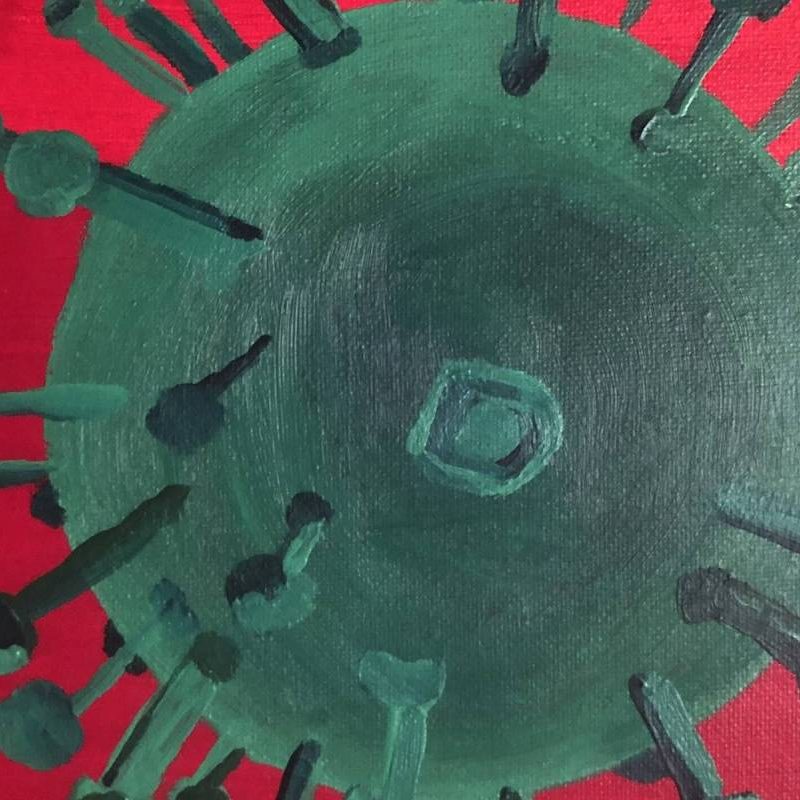Please join us for the May 20 (1600-1730 CET) webinar with Jessica Dimka
COVID-19 has shown that people with disabilities are at increased risk of severe illness and death during pandemics. Interacting biological and social factors likely contribute to these differences. For example, risks are especially high for those living in institutions.
Yet, few researchers have studied the experiences and outcomes of disabled people during past pandemics, including the 1918 influenza pandemic. As part of the webinar series of the Centre for Research on Pandemics & Society at Oslo Metropolitan University, Jessica Dimka, Ph.D., will present the main results of her Marie Skłodowska-Curie fellowship in her talk, “Disability, Institutionalization, and the 1918 Flu Pandemic: From Historical Records to Simulation Models.”
Key points of the talk include:
- A comparison of seven Norwegian psychiatric institutes shows that although a higher percentage of staff became ill, more of the residents who did get sick died.
- Parish records from Sweden suggest that people with recorded disabilities had a higher chance of death than non-disabled people, but this was more apparent for those who were also institutionalized. People with mental health conditions and intellectual disabilities had a higher chance of death than the non-disabled, while other types of disability were not statistically significant.
- Rich historical records were used to develop a simulation model of a school for children with disabilities to investigate the spread of epidemics within institutions. The model will be described, and preliminary analyses will be presented. For example, the model shows that the pattern and timing of spread are different for teachers and students.
The talk will conclude with a discussion of the relevance of this work for COVID-19 and future pandemics, including areas of future research, policy implications, and the disabling effects of pandemics.
For a Zoom link, please contact jessicad@oslomet.no or masv@oslomet.no
The talk will be in English, and International Sign interpretation is arranged. For general questions about the webinar including accessibility concerns, please contact jessicad@oslomet.no or ninha@oslomet.no

